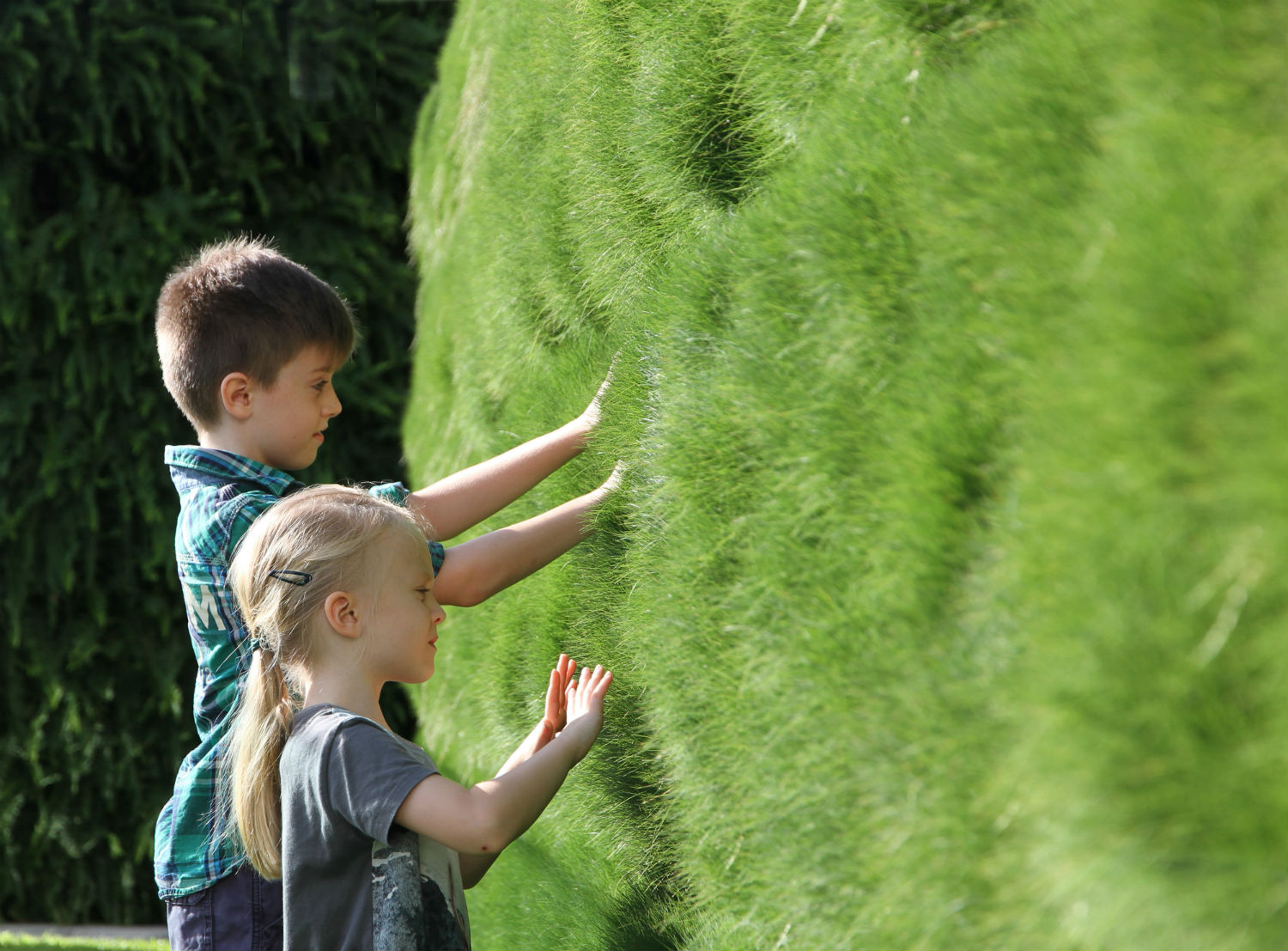The inclusion of gardens and green spaces around healthcare facilities can reduce stress for staff, patients and their families, while helping to expedite recovery times for patients by ‘normalising’ hospital environments, according to new research.
The concepts of biophilic and people-centred design to help improve the quality of healthcare and patient outcomes around the world is one step closer to being realised, thanks to the critically-acclaimed Queensland research.
Preliminary evaluation provides much-needed evidence of design considerations for healing gardens that contribute to both their ability to improve patient experiences and wellbeing, as well as the sustainability of these spaces
The paper, entitled Normalcy in healthcare design: An extension of the natural and built environment outlines the case for gardens in healthcare settings.
Co-authored by Katharina Nieberler-Walker, principal landscape architect at Conrad Gargett, in partnership with Griffith University and Queensland University of Technology; the paper was highly commended for Design Research at this year’s European Healthcare Design Awards.
The focus of the research was 11 healing gardens at the Conrad Gargett landscape-designed Lady Cilento Children’s Hospital (LCCH) in Brisbane, Australia.
The design of each garden drew extensively on emergent evidence-based findings about the therapeutic and sustainability properties of integrated gardens.
Nieberler-Walker believes the role of green infrastructure in hospital buildings in promoting normalising environments is a topic not yet fully investigated.
While interest in, and the inclusion of, gardens in hospitals is increasing, there still remain few examples of rigorously-researched and evaluated healing gardens that contribute to patient experiences and wellbeing
“The definition of a healing garden is generally agreed to be a nature-oriented space designed to provide restorative, therapeutic or rehabilitative potential,” she said.
“In this research, we explored and expanded upon various design considerations for reducing stress and confusion, as well as providing a sense of normalcy in what can be a very-challenging time for patients, patient families and staff.
“Preliminary evaluation of the LCCH healing gardens provides much-needed evidence of design considerations for healing gardens that contribute to both their ability to improve patient experiences and wellbeing, as well as the sustainability of these spaces.”

While interest is increasing, there remain few examples of rigorously-researched and evaluated healing gardens in hospitals
Incorporating healing gardens into healthcare settings is an example of biophilic design, which could loosely be described as nature informing the function of architecture.
In healthcare, biophilic design inserts gardens, or nature, into clinical spaces to create a sense of ‘being away’ from the hospital.
According to Nieberler-Walker, having 11 gardens throughout the children’s hospital offered various opportunities to access nature, as well as natural light, while allowing time away in nature to help re-establish the capacity to pay attention.
“While interest in, and the inclusion of, gardens in hospitals is increasing, there still remain few examples of rigorously-researched and evaluated healing gardens that contribute to patient experiences and wellbeing,” she said.
